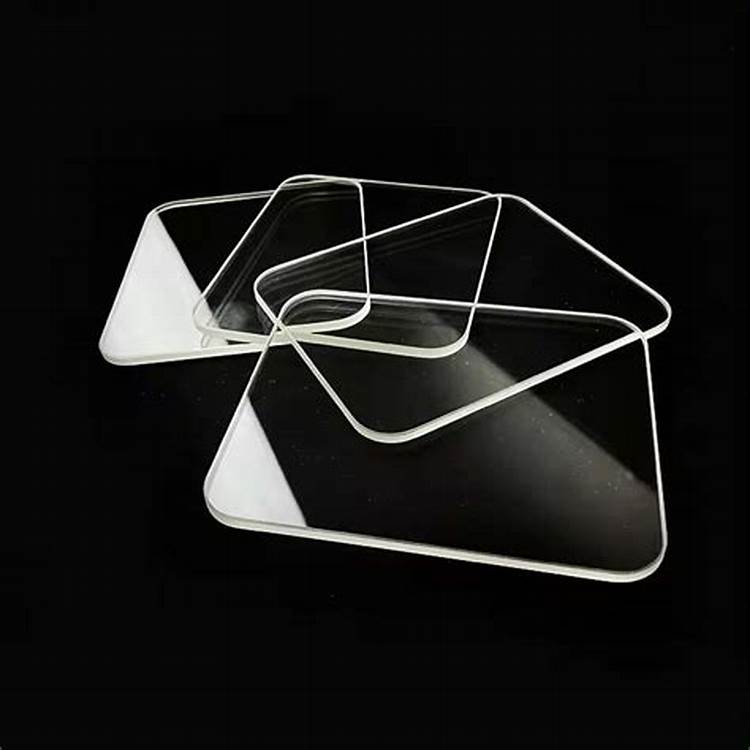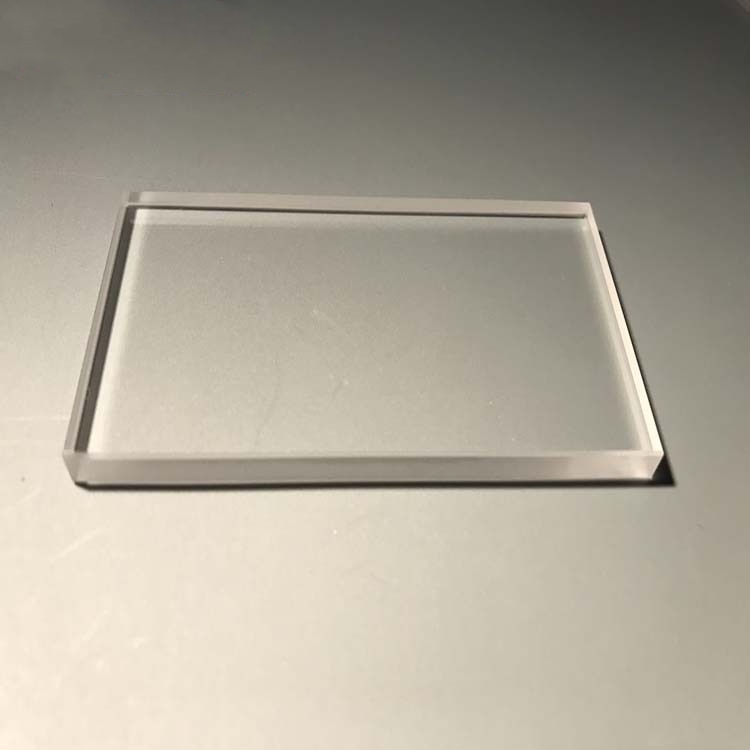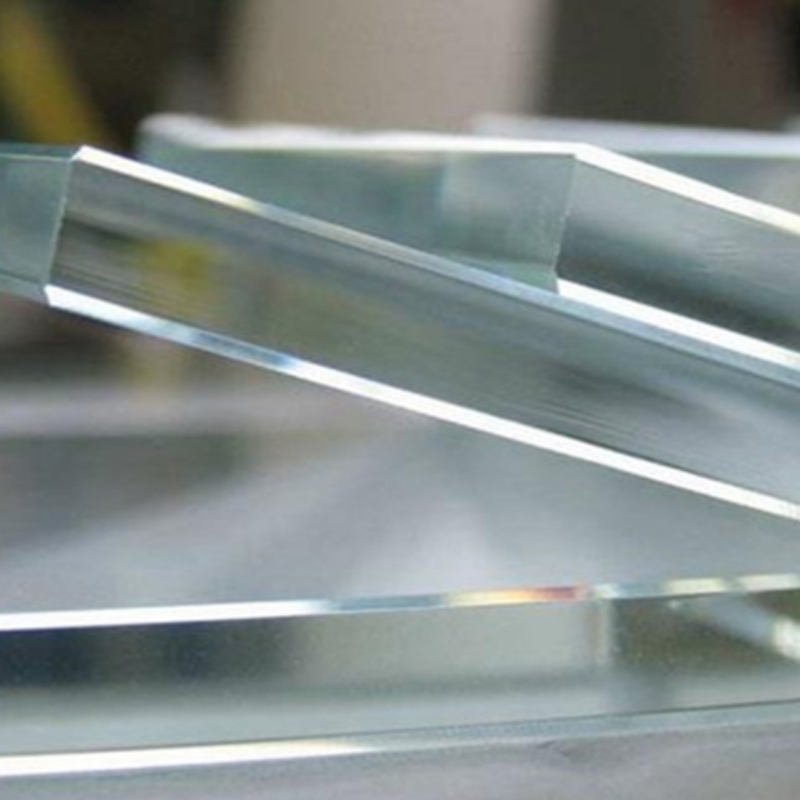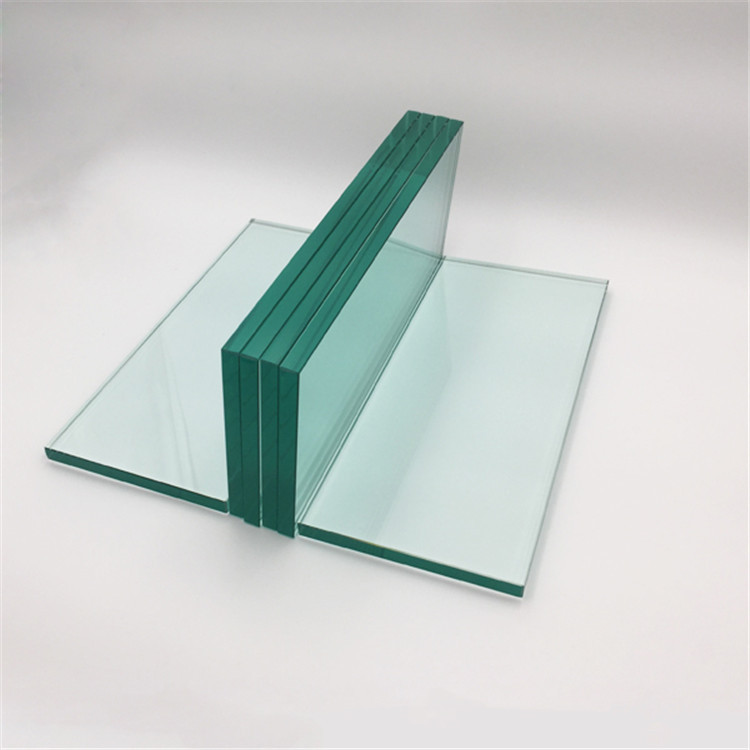Germanium window plate with a rectangular aperture is a high-performance optical component designed for superior infrared transmission, excellent mechanical durability, and thermal stability. Manufactured from high-purity germanium, it offers outstanding optical clarity and minimal chromatic aberration, making it an essential material for infrared imaging, laser optics, aerospace applications, and precision scientific instrumentation. Its ability to withstand harsh environments ensures long-term reliability in advanced optical systems.
Product Overview
The germanium rectangular aperture window plate is an optical element made from high-purity germanium material, commonly used in various optical systems. The rectangular aperture design allows the plate to control the direction and focus of light beams while also protecting internal optical components. Germanium’s excellent optical properties give this window plate high transmittance in the infrared spectrum, along with low reflectance and low absorption, making it ideal for systems requiring high optical precision. The manufacturing process includes precision cutting, grinding, and polishing to ensure accuracy and surface smoothness.
Key Features
- High Transparency: Germanium material offers exceptional optical performance, allowing efficient light transmission and ensuring the system's high efficiency and accuracy.
- High Stability: Germanium window plates are insensitive to temperature and humidity fluctuations, maintaining stable performance under a wide range of environmental conditions.
- High Laser Damage Threshold: Germanium window plates can withstand high levels of laser energy, making them suitable for high-power laser systems and providing excellent laser damage resistance.
- Precision Manufacturing and Polishing: Through precision processing and polishing techniques, germanium window plates achieve superior surface quality and optical performance, meeting the highest optical standards.
Applications
Germanium window plates (rectangular aperture) are widely used in high-precision optical systems, especially in environments where high transmittance and stability are critical:
- LiDAR Systems: Used in laser radar systems as a transparent element for light beam transmission.
- Optical Sensors: Serve as protective windows in optical sensors, ensuring that the internal components are shielded from external environmental influences.
- Spectrometers: Integral to optical systems for high-precision spectral analysis.
- High-Power Laser Systems: Employed in optical systems that must endure high-power lasers, offering reliable protection and performance support.
| Optical Property | Value |
| Transmission Range | 2-15 μm |
| Reflection Loss | 4.0028 @ 10.6 μm |
| Absorption Coefficient | 1.3 × 10⁻³ @ 3.8 μm |
| 3 × 10⁻² @ 10.6 μm | |
| Structure | Cubic Crystal System |
| Cleavage Planes | <111 |
| Physical Property | Value |
| Density | 5.33 g/cm³ |
| Melting Point | 936 ℃ |
| Thermal Conductivity | 58.61 W/(m·K) @ 293K |
| Thermal Expansion | 6.1 × 10⁻⁶/K @ 298K |
| Knoop Hardness | 780 kg/mm² |
| Specific Heat Capacity | 310 J/(kg·K) |
| Dielectric Constant | 16.6 @ 9.37 GHz |
| Young's Modulus | 102.7 GPa |
| Shear Modulus | 67 GPa |
| Bulk Modulus | 77.2 GPa |
| Poisson's Coefficient | 0.28 |
| Chemical Property | Value |
| Solubility | Insoluble |
| Molecular Weight | 72.61 g/mol |
| Parameter | Range |
| Diameter Range | 2-300 mm |
| Thickness | 0.12-60 mm |
| Surface Finish | 80-50, 60-40, 40-20, 20-10, 10-5 |
| Surface Accuracy | λ/2, λ/4, λ/8, λ/10 |
| Parallelism | <3' - 30" |
| Aperture Transmission | >90% |
| Coating | Customizable |
Submit Your RequirementsWe will contact you within 24 hours.
 WOBO Scientific Research New Materials One-Stop Service Platform
WOBO Scientific Research New Materials One-Stop Service Platform











